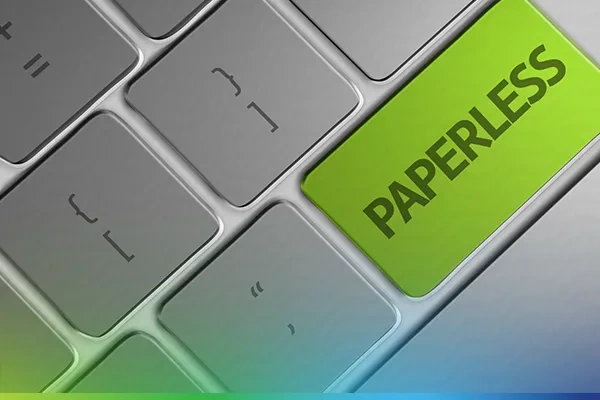Notes From the Field: Content Management Systems Are More Than Fancy File Cabinets
Most financial institutions have some sort of Enterprise Content Management (ECM) system. How is yours working for you? Is it the first place you look for help? Does it at least make your operation run more smoothly? Or do you just keep it around because it replaces metal file cabinets?
A successful ECM system is easy to use, improves productivity, and enhances your customer service. (By the way, it can also save money, for any or all of these reasons.) If your system isn’t doing all this, then it’s not helping and not moving your institution forward. Are you stuck?
In the past ten years, I have personally visited over 500 banks and credit unions, and I’ve seen every kind of document imaging and ECM technology there is. They all have their good and bad points, but I’d say very few are being used as intended.
Truth be told, you only get your money’s worth from ECM if you first dig deep into your real, underlying needs. And sometimes, you need to change what you are doing. Most systems now in use were acquired to reduce paper, or maybe to be more efficient. But tacking technology onto your enterprise as an add-on, or a me-too, is a recipe for frustration, followed by underuse, followed by failure—at least, failure in terms of fulfilling any strategic hopes you had going in. It causes more headaches than it cures.
I see this all the time. One obvious clue I look for is multiplying “MISC” folders all over the system, like having junk drawers in every room of your house. Another red flag is employees who tell me they aren’t confident the system can produce the answers to their questions.
What’s worse, the systems in these institutions are perpetuating operational and information silos, not flattening them. Information is becoming less useful across the institution, not more. Processes are taking more steps, not fewer.
Hope is not lost. Great replacement systems are out there. Just don’t jump into one without fully understanding what’s lacking now. Let me break down a couple of the ways to get you started diagnosing your current situation.
Ease of Use
Have you deployed your solution to all your employees in every department, or do you only hold it back for a few? While you might be concerned about permissions and security, by not sharing access or making it difficult, you are seriously hindering your entire enterprise. People set up ghost file cabinets. Check this out. Go to any branch and ask your service representatives to open their desk and file drawers. Take note of how many are full of paper. Then look at your printer logs.
These are copies of documents that are already in your ECM system (or should be). If a solution is not easy to use, more paper will appear in more locations. One institution I worked with was chronically three to four weeks behind in scanning their paperwork. They assured me that there were no ghost files in their branches, and asked me to help. When I visited a branch, however, not only did I find ghost files, I found an entire file room full of paper. And no wonder—I learned the branch had no idea there was an electronic content management system at all!
Mobile Paper
You can also find paper being routed, shipped and otherwise moving around. Now, I personally love electronics, and working on my tablet is mostly amazing. But do you know how many of your employees struggle with technology? Forcing them to not use paper will hinder them in getting their jobs done unless you find out and help them. You’ll see it when you follow the paper trails running through your institution. Seriously. Take the time to follow them.
The solution is to make scanning documents right at point they first appear the simplest thing to do. One FI in the southeast found success by having the customer sign a paper copy, which the employee immediately scans and hands back to them. Eliminating the paper automatically prevented routing, shipping and moving it.
These concepts seem simple, but it will take you time to go through your departments and your multi-department processes, one by one. We’re here if you have questions about these or other strategies. Meanwhile, you can check out these other related resources:
Blog Post: Millennials on Both Sides of the FI’s Transactions.
White Paper: Five Ways Document Imaging Will Help Your Credit Union Face the Future
Video: Introducing FASTdocs v6.0







